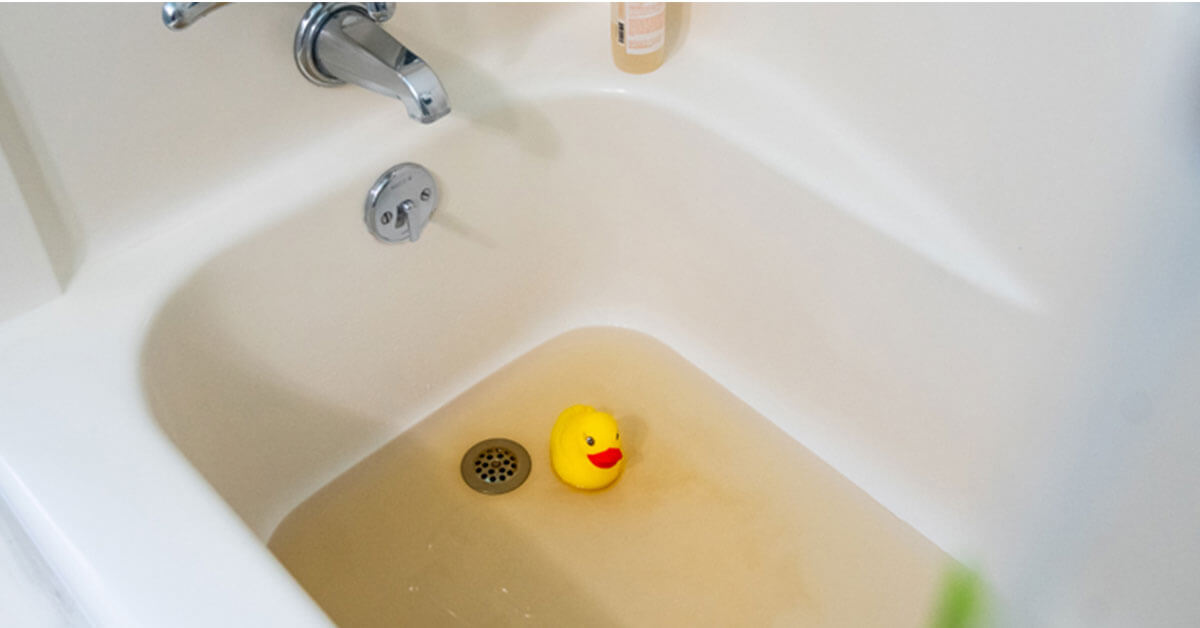A sewer backup is one of a homeowner’s worst nightmares. Caused by clogs or blocks in the sewer line, sewer backups occur when the sewage system gets overloaded, and waste is pushed backwards through the line and back into the home. Backups are commonly found in basement drains, toilets, and bathtub drains. Not only can sewage backups cause massive damage to the home, but due to the dangerous contaminants found in sewage water, they can also be hazardous to the health of those living in the home.

Common Causes
There are several common causes of sewer backups that typically either occur either in the city’s main sewer line or the sewer lines within your home.
- Blockages – The most common cause of a sewer line blockage is tree roots. Even if you have few or no trees on your property tree roots can extend far past the visible tree itself, so the trees in your neighbor’s yard could be causing your problems. These roots can grow into the sewer lines, which creates holes and cracks. The roots can also wrap themselves around the lines, eventually crushing them.
- Clogs – Clogs are caused when solid objects get caught in your sewer line. These can be caused by large objects like the toy your toddler decided to flush down the toilet or by an accumulation of any number of things like hair, cooking grease, or any other solid material that wastewater pipes were not created to handle.
- Broken Lines – Although plastic sewer lines are now standard, older homes were built with cast iron, cement, and clay piping. These materials will naturally break down over time, and this deterioration will eventually cause backups.
Backup Prevention
Although sometimes you just get unlucky and your drains back up, there are things you can do to help reduce the risk of a sewer backup.
- Never pour grease down the drain.
No matter how much hot water you run to rinse the grease down, eventually leftover grease will cool, solidify, and block your drain.The same is true for bits of food, coffee grounds, hair, and other small, solid items.The only things that should go down your sink drain are water- and water-soluble solutions.
- Only flush toilet paper.
No matter how much that “flushable wipe” tries to tell you it can go down the toilet, it can’t.Human waste and toilet paper are the only things that should ever be flushed down the toilet.Toilet paper is designed to disintegrate very quickly, whereas items like facial tissue, feminine hygiene products, paper towels, and, yes, even flushable wipes are not.
- Install a backflow prevention valve.
A backflow prevention valve will allow sewage to exit your home, but not come back in.This will not prevent all sewage backups, though, only those originating from the main line.
- Replace old sewer lines with new, plastic lines.
Although this is a more expensive solution, it can be worth it in the long run for prevention.Plastic piping is created to be impervious to tree roots and will not deteriorate over time the way clay and cast-iron piping do.
Sewage backups are a nightmare for a homeowner to deal with due to the vast amount of damage they can cause to a home and the health dangers they pose to the home's inhabitants. Understanding the causes of backups and taking preventative measures will help keep your home safe and clean.